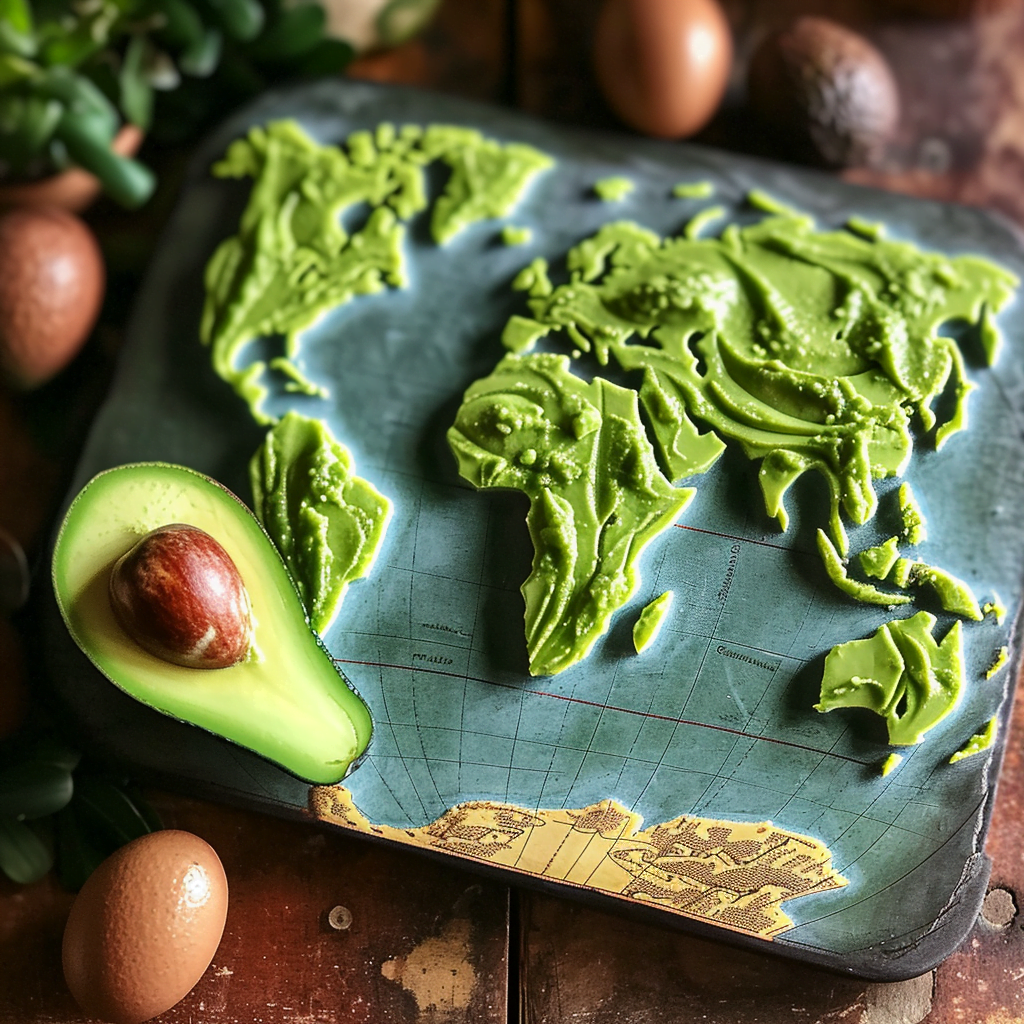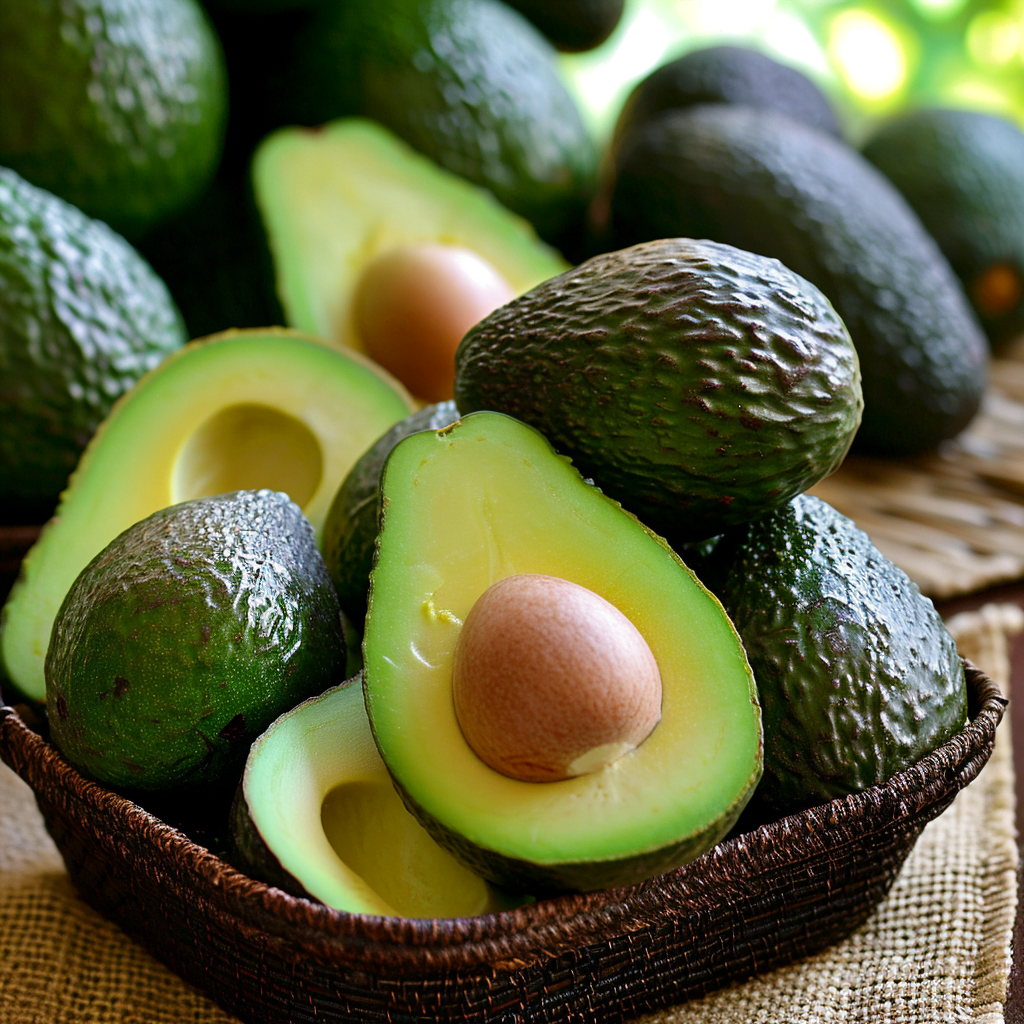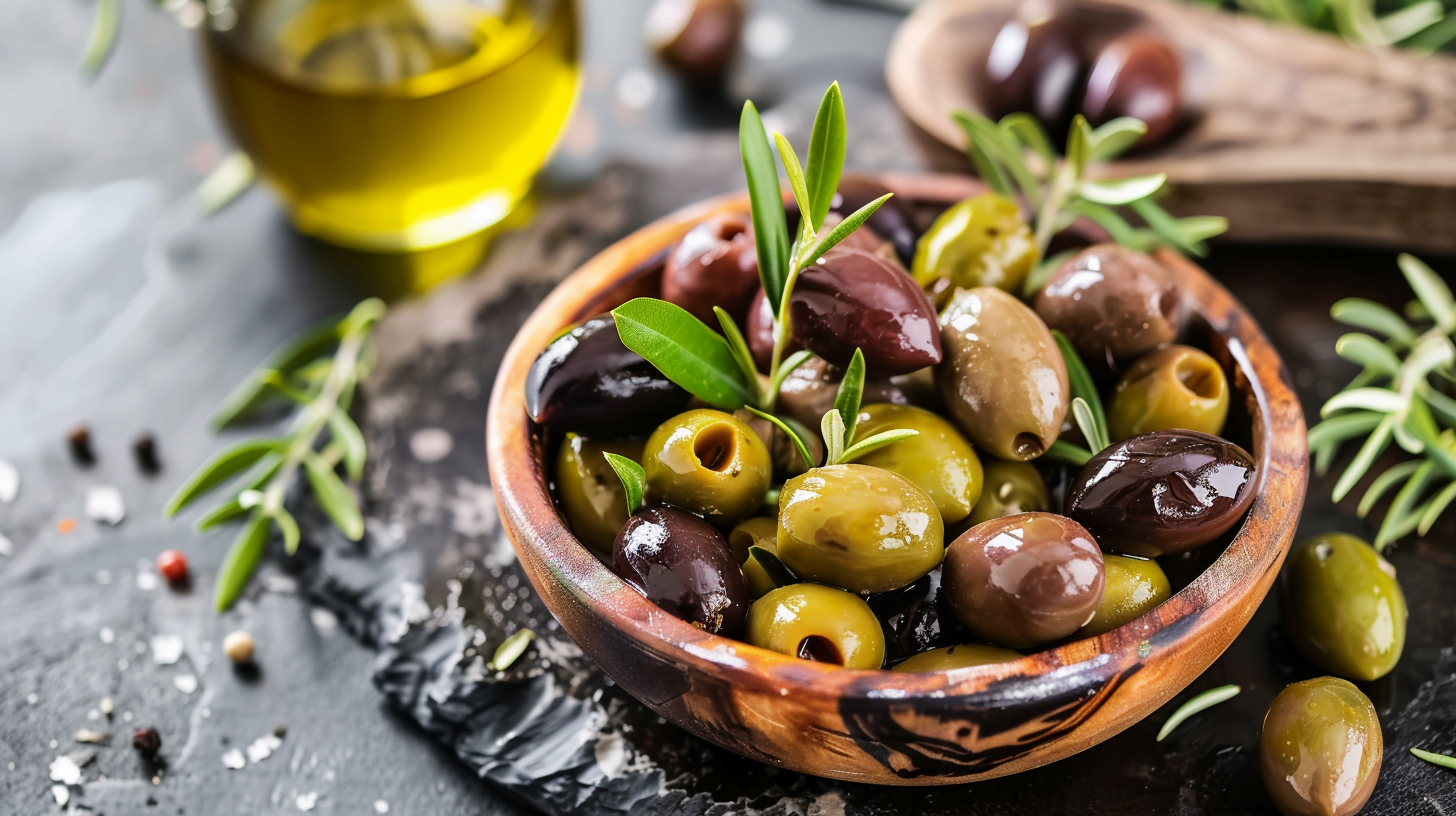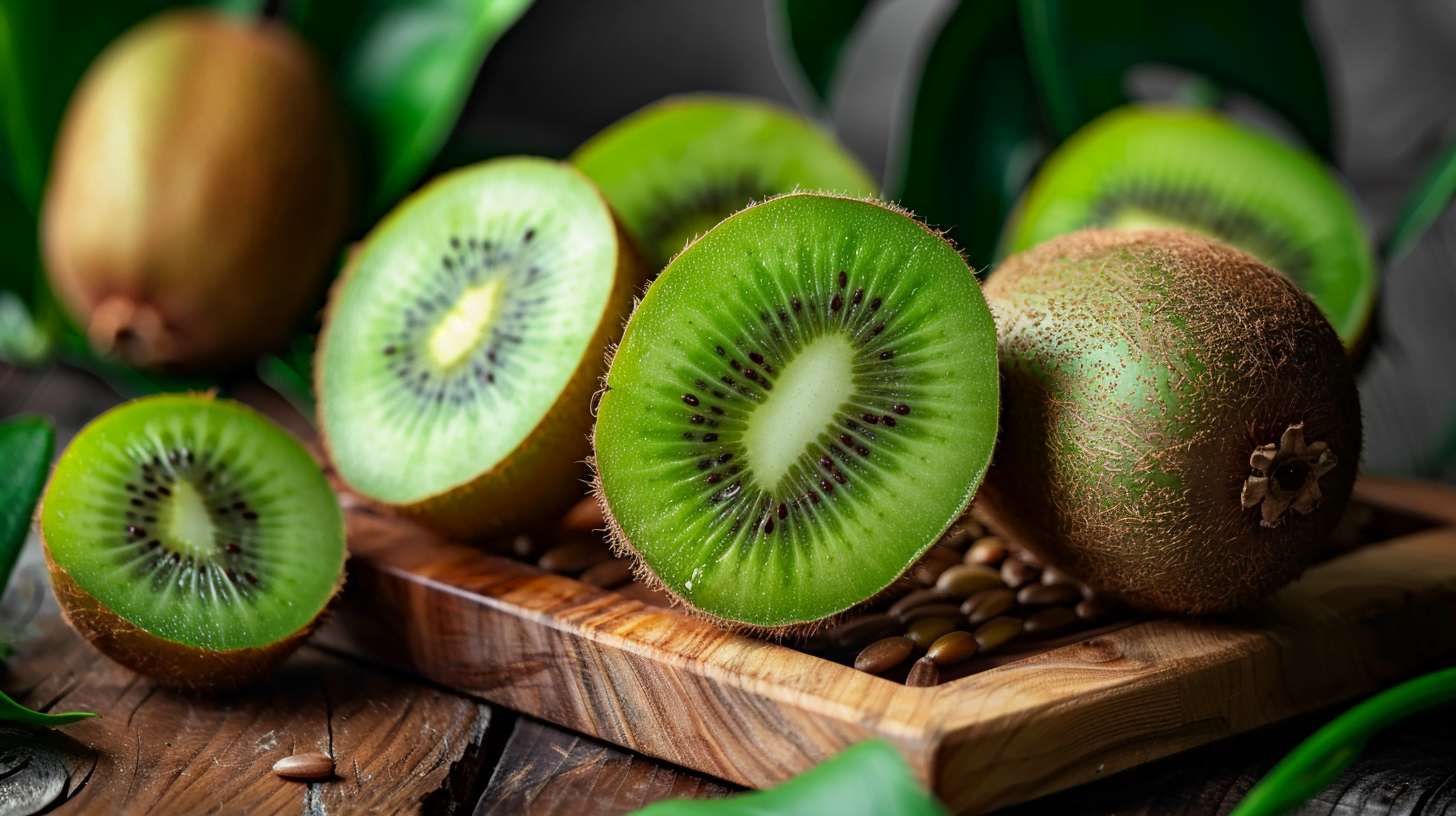Avocados have become one of the world’s most popular fruits in recent years. Global production has increased dramatically over the past decade to meet growing demand. But which country produces the most avocados? This comprehensive article will explore the top avocado producing nations and the factors that have enabled their industries to thrive.
Global Avocado Production Statistics
- According to data from the Food and Agriculture Organization (FAO), total global production of avocados amounted to over 6 million tons in 2018. This represents a massive 45% increase over 2010 production volumes, which stood at around 4.2 million tons.
- Mexico leads the world in avocado output, producing 34% of the global total. Peru, Dominican Republic, Colombia and Chile round out the top five producing countries, which combined account for approximately 75% of total production.
- Other major avocado growers include Indonesia, Kenya, the United States, Brazil, Venezuela, South Africa and Rwanda. But none match the output of the Latin American powerhouses.
- Behind the statistics are incredible growth rates over the past decade. Peru’s production has skyrocketed nearly 700% since 2008, overtaking Chile in 2017 to become the world’s #2 producer. Colombia and Indonesia have also seen four-fold increases.
This ramping up of global supply reflects surging international demand for avocados as their popularity and availability have risen. Markets in North America, Europe, China, Japan and the Middle East have grown rapidly. Per capita consumption in top markets like the US and France now ranges between 3-7 pounds per year.
Mexico’s Avocado Dominance
Mexico is the dominant producer of avocados by a large margin, representing over 1/3 of total world output. Ideal climate conditions across central and western Mexico combine with a long farming history to give the country near perfect conditions for avocado agriculture.
- The central Mexican state of Michoacán accounts for over 80% of national production. Michoacán contains vast areas with the ideal elevation, rainfall, average temperatures and volcanic soil that enable healthy avocado growth.
- The city of Uruapan, within Michoacán, is among the largest avocado farming districts in the world. Annual output just from this region exceeds 1 million tons. Uruapan has fittingly earned the nickname “Capital Mundial del Aguacate” (World Capital of the Avocado).
- Other significant Mexican production comes from the states of Mexico, Nayarit, Jalisco and Morelos. The town of Petatlan in Guerrero state has also emerged as a major hub.
- Total planted area for avocado cultivation in Mexico has increased from around 100,000 hectares in 2000 to over 220,000 hectares today. But there is still room for expansion, especially in states like Jalisco.
- Yields per hectare average around 9 tons but can reach over 20 tons with proper techniques and irrigation. Higher density planting is gradually increasing productivity.
- Mexico exported over 2.4 million tons of avocados in 2021, more than double its 2010 exports. The United States receives over 80% of Mexican avocado exports.
Avocados originated in Mexico as early as 900 AD and were a dietary staple for centuries, especially among the Aztecs. But the industry commercialized in the early 20th century. Government programs in the late 1990s boosted production through research, technical assistance and expanded planting. This set the stage for Mexico’s current dominant position.

Other Major Latin American Producers
While Mexico is the standout leader, other Latin American countries have developed substantial avocado industries thanks to ideal regional growing conditions:
Peru
- Peru has rapidly risen to become the world’s 2nd largest avocado producer, led by soaring exports. Total production reached over 530,000 tons in 2021, a nearly 700% increase over 2008 volumes.
- Exports skyrocketed from just 5,000 tons in 2008 to over 280,000 tons in 2021. Europe receives around 75% of Peruvian avocado exports.
- Key production centers are located along Peru’s northern coastal region and in the valleys of the Andes mountains. These areas have excellent fertility, rainfall, temperatures and elevations for avocados.
- Peru’s rise has been facilitated by government initiatives and private investment in irrigation, quality control and supply chain infrastructure.
- Analysts believe Peru may eventually overtake Mexico in production volumes based on current growth trends. But Mexico’s output is still double Peru’s today.
Dominican Republic
- The Dominican Republic ranks among the top exporters of avocados globally, shipping over 200,000 tons per year. Avocados are one of the country’s major agricultural exports along with bananas, mangoes and cocoa.
- Production is centered in the southwestern region near Barahona and Pedernales, which offers fertile soil and lower humidity ideal for avocados. Total planted area exceeds 18,000 hectares.
- Avocado exports bring in over $250 million annually. The EU is the top market, receiving 65% of shipments. Exports to the US have risen as well in light of Mexico’s seasonal shortages.
- Various public-private initiatives since the 1990s have enabled the Dominican avocado industry to expand through improved propagation, planting density, yields, and pest control.
Colombia
- Colombia produces over 230,000 tons of avocados per year. But domestic consumption accounts for around 90% of output versus exports.
- The Antioquia region is the center of production, home to over half of national area planted with avocados. Conditions in Antioquia enable high yields averaging 12 tons per hectare.
- Colombia exports avocados to neighboring countries like Venezuela, Ecuador and the Caribbean. But strict phytosanitary protocols have limited growth in exports to the US and Europe.
- Companies are making investments into new avocado plantations in underutilized regions like Tolima to expand Colombia’s production and export capabilities.
Chile
- As a leading counter-seasonal producer in the Southern Hemisphere, Chile exports around 200,000 tons of avocados to North America each year. Peak exports align with low supply periods in Mexico.
- The largest concentration of Chilean avocado farms is in the central valley region near Santiago, but southern areas like Nuble and Bio Bio comprise key production zones as well.
- Total planted area reached nearly 30,000 hectares prior to recent droughts, generating yields of 8-10 tons per hectare under normal climate conditions.
- Production and exports have decreased over the last decade due to chronic drought affecting central Chile. Lack of water has forced many orchards to be cut back.
- When adjusted for seasonal variations, Chile typically ranks 4th in annual avocado production globally. But water constraints pose challenges to rebounding output.
Why Climate and Geography Matter
The geography, topography and climate of a region determine its viability for commercial avocado cultivation. Avocado trees thrive within certain environmental parameters:
- Temperature – Avocados require consistently warm conditions, with average temperatures of 18-24°C being optimal. Temperatures that drop below freezing can damage tree health and fruit quality. Mild year-round temperatures with a frost-free climate enables maximum yields.
- Rainfall – Moderate, consistent rainfall is needed, in the range of 1,000-2,000 mm annually. Lack of water stresses the trees, while excessive rainfall and humidity fosters diseases. Dry seasons must be supplemented with irrigation.
- Elevation – Avocados grow well at elevations between approximately 500-2000 meters above sea level. Higher elevations tend to have favorable rainfall patterns and mild temperatures optimal for fruit production.
- Soil – Fertile, well-draining soil with moderate acidity (pH of 6-7) allows avocado trees to thrive. Volcanic soil or sandy loam soils are excellent. Heavier clay soils don’t drain sufficiently.
- Sunlight – Avocado orchards require lots of direct sunlight with minimal cloud cover or fog. At higher elevations, sunny exposures along the mountain slopes are ideal.
- Low pest/disease pressure – Common pests like fruit flies and fungal diseases deter production where they proliferate. Low humidity environments see less pressure from fungus and insects.
These environmental parameters are why Mexico, Peru, Chile and other Latin American countries are so well suited for mass avocado cultivation. Their varying microclimates and regional advantages combine to enable maximum fruit yields.
Countries attempting to increase avocado production must contend with environmental limitations. Israel’s output is constrained by high water usage in an arid climate. Spain and Morocco battle soil salinity. China and South Africa are expanding avocado acreage but fight frost and suboptimal rainfall.
While such challenges can be mitigated through greenhouse production or extensive irrigation, these solutions may prove cost prohibitive for large-scale avocado industries. Latin America’s natural advantages will be difficult to replicate elsewhere.

Trends and Outlook in the Global Avocado Market
Several key trends are shaping the future dynamics of the international avocado market:
Increasing Production Volumes
- Global production area and total output will continue expanding over the next decade to satisfy rising international demand. Total acreage could approach 1 million hectares.
- Mexico, Peru, Colombia and Indonesia have significant potential to further increase planted area.
- Total world production is projected to reach 8-10 million tons by 2030. Much of this growth will likely come from existing Latin American powerhouses.
Expanding Export Markets
- As production scales up, Latin American exporters will deepen penetration into established markets like the US, EU and Japan.
- Emerging avocado consumers in China, South Korea, India and the Middle East offer new export opportunities.
- Countries will have to invest in logistics, infrastructure and phytosanitary capabilities to access new markets.
Downward Price Pressures
- Greater worldwide supply availability will likely cause average avocado prices to fall or stabilize from previous highs. This will benefit consumers.
- However, increasing farming costs could offset potential price decreases to some degree. Water scarcity, rising wages, and climate change impacts may squeeze producer margins.
New Supply Sources
- Some African and Asian countries will emerge as more significant players in avocado exports to balance reliance on Latin America.
- But truly rivaling Mexico and Peru’s output volumes will remain difficult without comparable climate and terrain advantages.
Climate Change Disruptions
- Drought, extreme weather events, and changing rainfall patterns could negatively impact production from traditional avocado strongholds like Chile and Mexico.
- Producers will need to implement water conservation and irrigation strategies to mitigate climate-related downside risks.
In summary, while Latin America will certainly maintain dominance, the global avocado map will slowly evolve. Mexico’s status as the unambiguous top producer could be tested if Peru continues its meteoric growth trajectory. But new environmental challenges may constrain output for current leading producers. The avocado sector will continue modernizing to keep up with escalating worldwide demand.
Conclusion
Mexico has risen as the dominant global superpower in avocado production thanks to an ideal climate, long farming history, and natural geographic advantages. Its total output is more than double that of Peru, the world’s #2 avocado grower today.
But Peru, Chile, Colombia and other Latin American countries possess regional strengths that have also enabled them to flourish as major export bases. These countries represent over three-quarters of total production.
The suitability of the climate, terrain and soil in Latin America for avocado agriculture cannot be easily replicated in other parts of the world. This will maintain the region’s stranglehold on the global avocado supply chain even as new production areas emerge.
As worldwide demand keeps increasing, ongoing innovation and investment will be needed to sustain long-term growth in avocado outputs and exports across Latin America’s thriving producers. But the fundamentals of geography will assure the continent’s place as the world’s avocado nucleus for decades to come.



